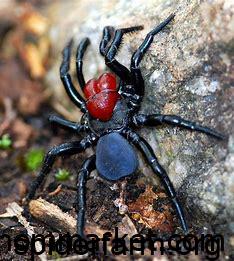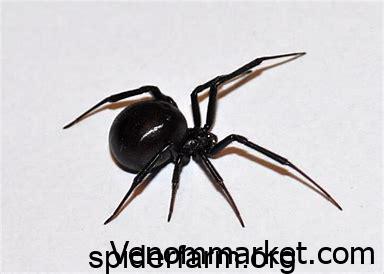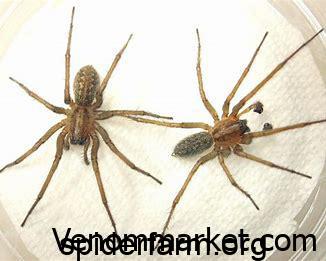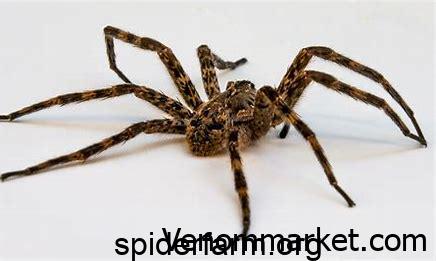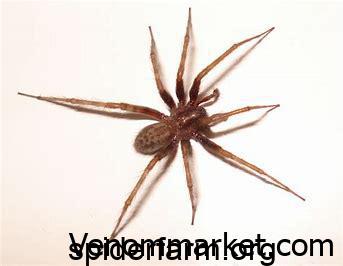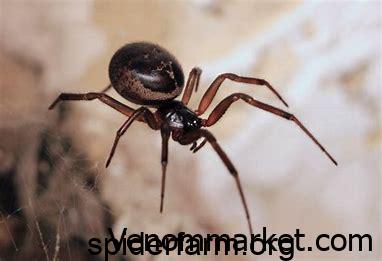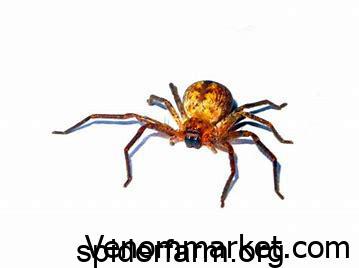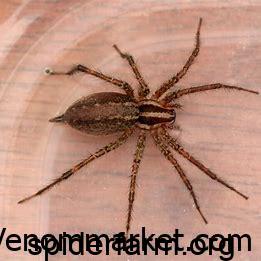How a scorpion gets its sting

Defensins, as their name implies, are small proteins found in plants and animals that help ward off viral, bacterial or fungal pests. One fascinating question of invertebrate evolution is how these proteins evolved into venoms to attack their prey.
Based on structural similarity, it was proposed that scorpion toxins and antimicrobial invertebrate defensins could have a common ancestor. To address how a nontoxic protein develops into a toxin, authors Zhu, et. al. studied the evolution of scorpion venom-derived neurotoxins, known as α-KTxs.
In a new study, published in the advanced online edition of Molecular Biology and Evolution, they analyzed the α-KTx family sequences to extract the conserved amino acid sites associated with neurotoxin structure and function (called “Scorpion Toxin Signature,” abbreviated as STS). They searched for insect defensins that contain a STS to unlock the molecular mechanisms behind STS evolution. Their results show that a STS-containing insect defensin can be converted to the scorpion α-KTx-like neurotoxin through just a single genetic deletion event. The study provides the first functional evidence for an evolutionary connection between insect defensins and scorpion α-KTxs, and how one small genetic mutation leads to a new protein function to give scorpions their deadly sting.
“The most significant findings of our paper are the predictability of scorpion toxicity evolution – arising via structural deletion of a loop on an ancestral defensin scaffold recruited into the venom to remove steric hindrance of peptide-channel interaction,” said lead author Dr. Shunyi Zhu. “Our work represents an excellent example of divergent evolution, where structural alteration in an ancestral scaffold led to functional shift of proteins from fighting against microbes to attacking prey.”




